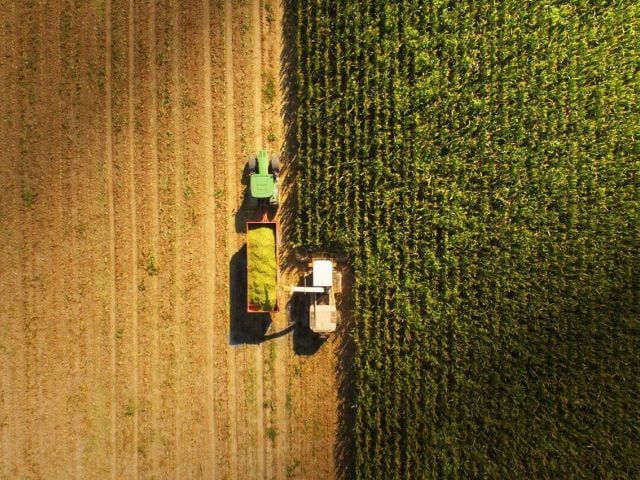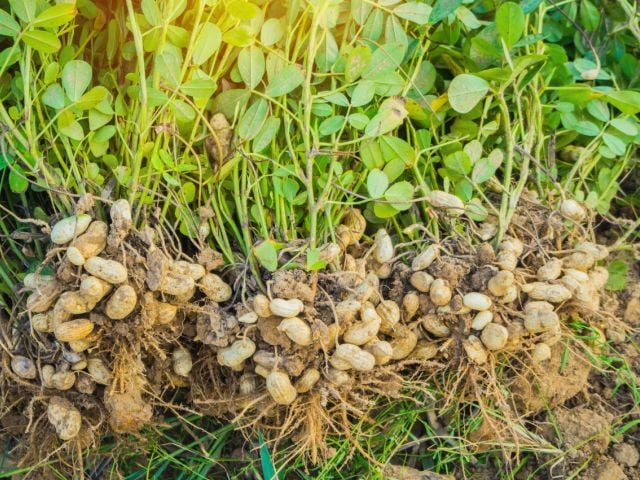
Almost 80,000 “city slickers” living in some of the biggest urban areas in the U.S. took in a combined $2.3 billion in farm subsidies between 2019 and 2023 – many of them using loopholes that allow the money to be sent to people who don’t live or work on farms.
And House Republicans are proposing a farm bill that would widen these loopholes even further, making the problem worse by sending even more taxpayer funds to recipients living in these areas.
The high levels of Department of Agriculture farm subsidy recipients in these metropolitan areas was mostly due to loopholes in the last farm bill and payouts from two Trump-era disaster programs – the Market Facilitation Program and the Coronavirus Food Assistance Program.
Farm subsidy recipients must be “actively engaged” in farming. But the law contains a loophole that allows urban residents to get farm subsidies, even if they do not live or work on a farm. The Government Accountability Office in 2018 found that roughly one-fourth of farm subsidy recipients do not contribute personal labor to farms.
EWG analyzed USDA data to find that the $2.3 billion in farm subsidies went to exactly 79,347 people living in Chicago, Los Angeles, Miami and 197 other major metro areas.
Payments made to metro-area recipients averaged $29,043 per person between 2019 and 2023, an average of $5,808 for each individual per year. This is more than double the typical benefits that recipients of SNAP, the Supplemental Nutrition Assistance Program, would get if they could receive benefits for every month in a year.
But anti-hunger assistance programs such as SNAP are subject to much stricter income and asset tests than exist for farm subsidies, so people living on low incomes stay eligible for the benefits for only 12 months on average before leaving the program – unlike the city slickers who take in taxpayer money year after year.
Expanding loopholes
Rather than close loopholes that let city slickers collect farm subsidies, the 2018 Farm Bill created more of them. That law allowed a farmer’s cousins, nieces and nephews, and all members of “general partnerships” to receive payments, whether they live or work on a farm or not.
Proposals in the House Republicans’ 2024 Farm Bill could create even more loopholes that would allow additional city slickers to collect payments. It would eliminate the payment limit for corporate farms and increase the payment limit for all farms. The House proposal would greatly increase the amount of money some farmers are entitled to.
The House proposal would allow every individual member of a farm organized as a joint venture or limited liability company to take in $155,000 every year. Subsidies to corporate farms would only be limited by the amount of people in the LLC.
Currently, each member of a farm takes in a proportional share of $125,000. If a farm LLC has five members, they split $125,000 five ways. But under the House GOP plan, each member would qualify for an amount as high as $125,000.
More than 200,000 farms are organized as these types of corporate farms. Under the new proposal, the maximum payment limit would also increase to $155,000 a year.
Locating ‘city slickers’
EWG’s analysis identified city slickers living in ZIP codes in the 200 most populous metro areas. Using existing datasets, we identified subsidy recipients as those living in areas with a population density greater than 3,000 people per square mile. To rule out non-urban areas, the methodology looked at places the USDA doesn’t consider rural, are within a certain proximity of a city center, as well as additional metrics.
This analysis updates and builds on previous EWG estimates of city slickers, which included only recipients who lived within city limits. The updated methodology seeks to capture greater urban sprawl, which has changed how certain areas are defined, and to foster a better understanding of how many subsidy recipients live in urban areas.
Here's the list of the 200 biggest metro areas, along with the number of urban recipients and how much in total farm subsidies those people in that metro area received between 2019 and 2023.
Largest sums of farm subsidies flowing to “city slickers” in the large metropolitan area
Metro area | Recipients | Total |
Amarillo, Texas | 1224 | $301,055,993 |
Fresno, Calif. | 1163 | $156,372,038 |
Visalia, Calif. | 724 | $140,177,281 |
Bakersfield, Calif. | 369 | $95,334,529 |
Dallas-Fort Worth-Arlington | 6049 | $93,569,871 |
Phoenix-Mesa-Chandler | 2413 | $86,396,310 |
Lubbock, Texas | 1153 | $80,331,068 |
Modesto, Calif. | 626 | $69,310,400 |
Los Angeles-Long Beach-Anaheim | 2297 | $50,792,170 |
Riverside-San Bernardino-Ontario, Calif. | 493 | $48,734,353 |



